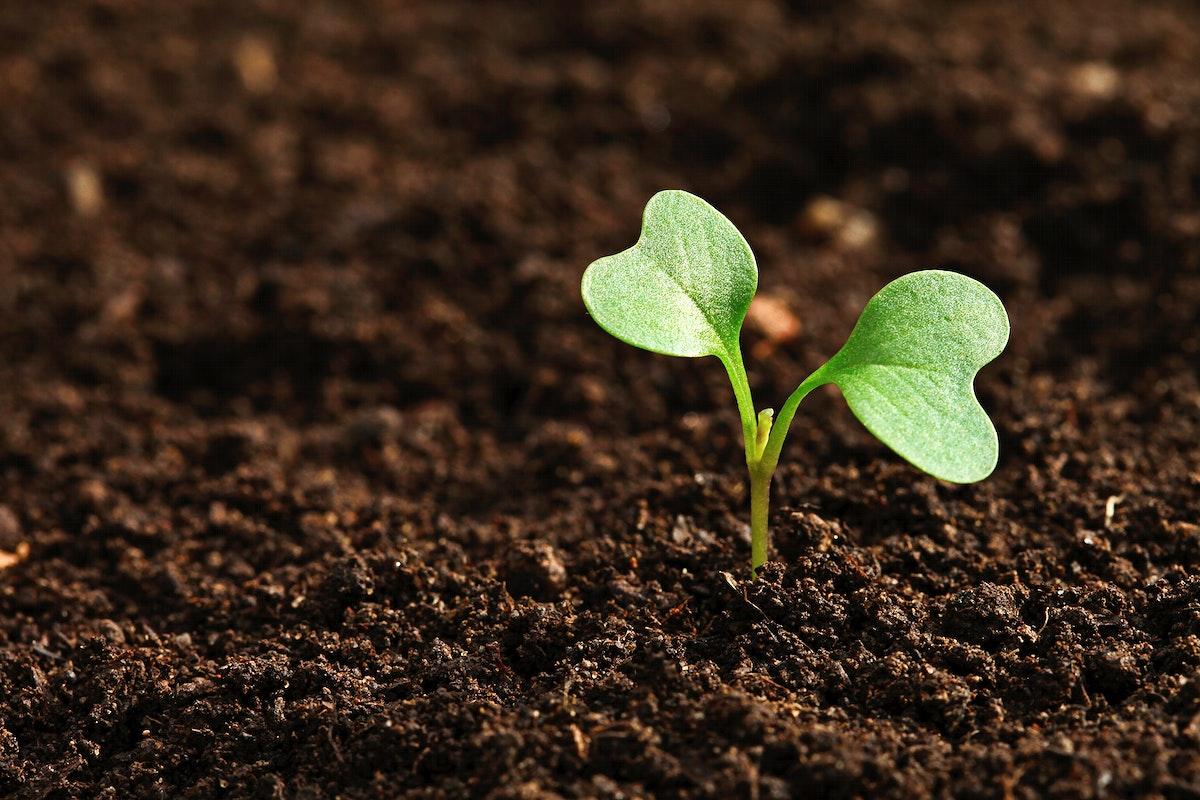
This is the first of two lessons. The focus is to engage students in the hands-on activity of growing corn in water and study the germination process. Students will discuss and learn about the

This is the first of two lessons. The focus is to engage students in the hands-on activity of growing corn in water and study the germination process. Students will discuss and learn about the
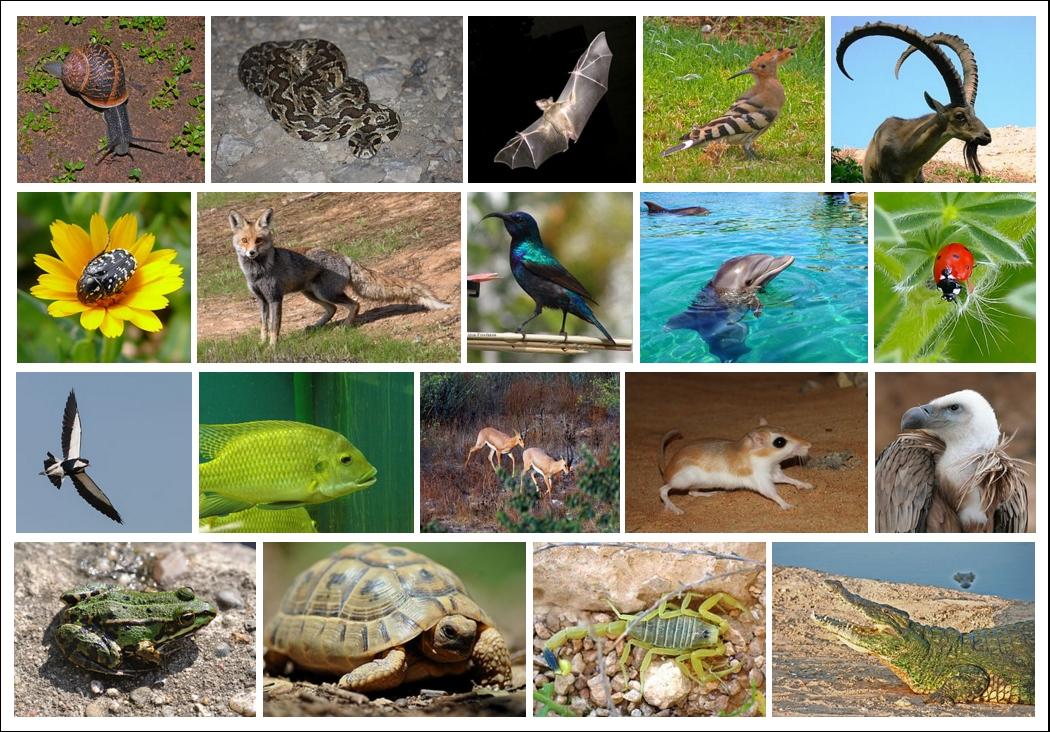
In this unit students will observe how elements within a system changes over time, generating patterns and trends that affect the ecosystem of bees. Students will use Stock-Flow Maps to show the
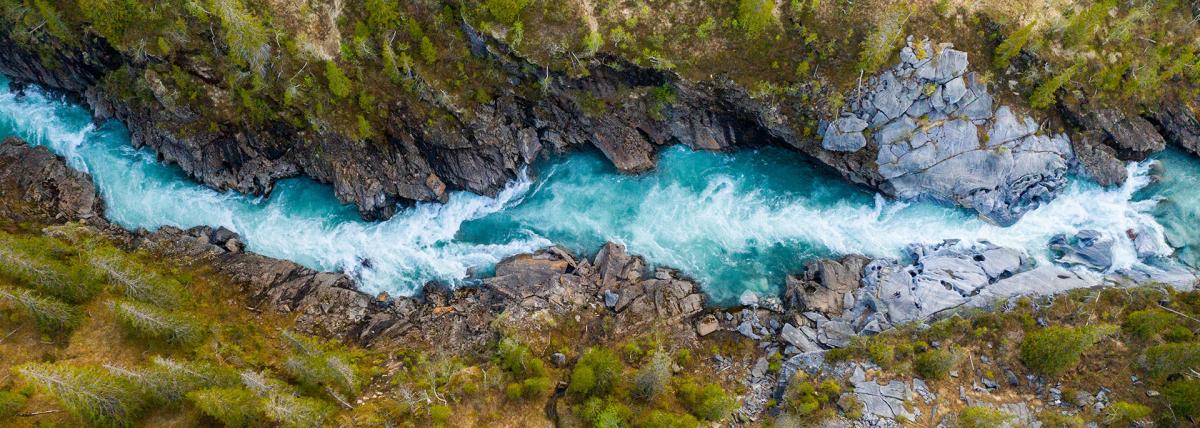
Students will build a model of a riverbank inside of a liter bottle. They will use different materials to improve the riverbank and lessen the erosion. Students will research and investigate what
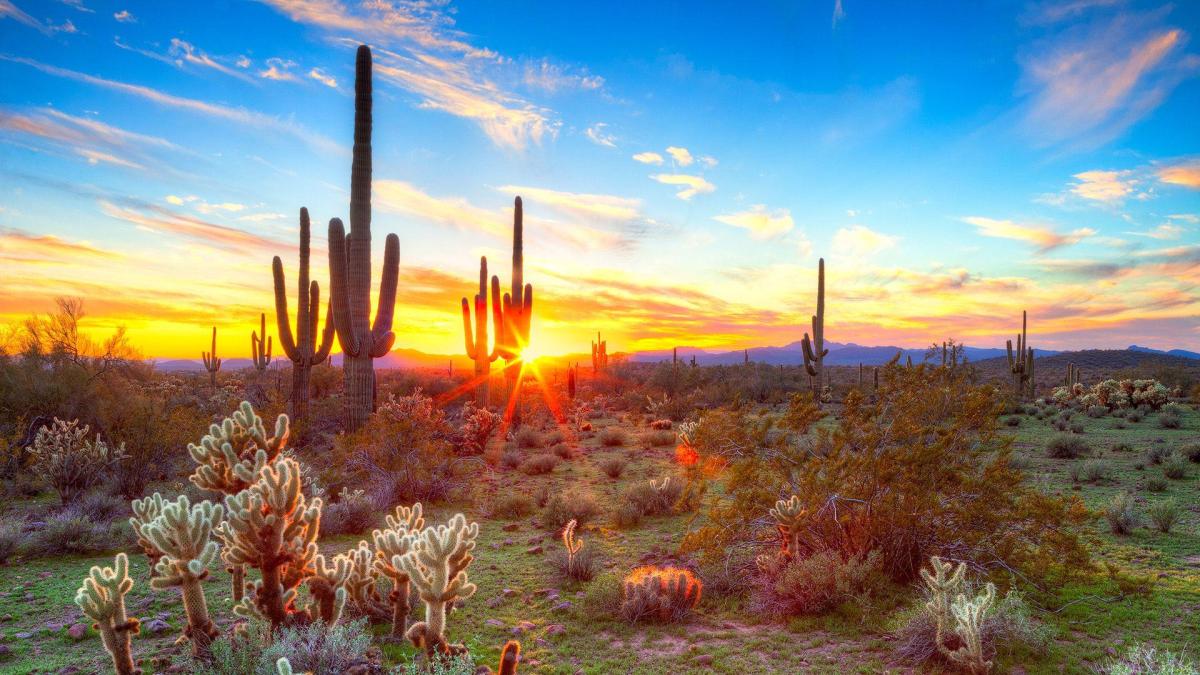
Students will investigate the geological features of the Santa Catalinas. Specifically the phenomenon of Catalina Gneiss. Students will research the formation of the Tucson basin and Santa Catalinas
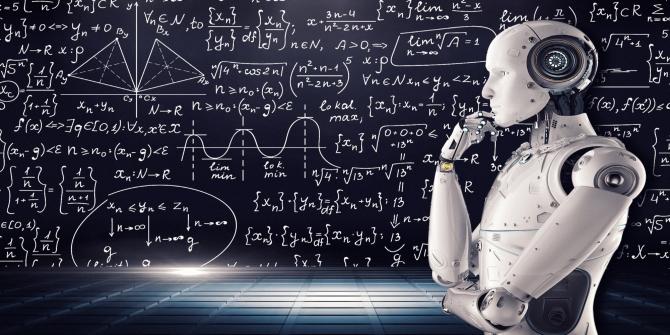
Create potential for masses or charges. Students get to create 3D models of these potential and gain a deeper qualitative representation of why masses or charge move towards lowest potential.
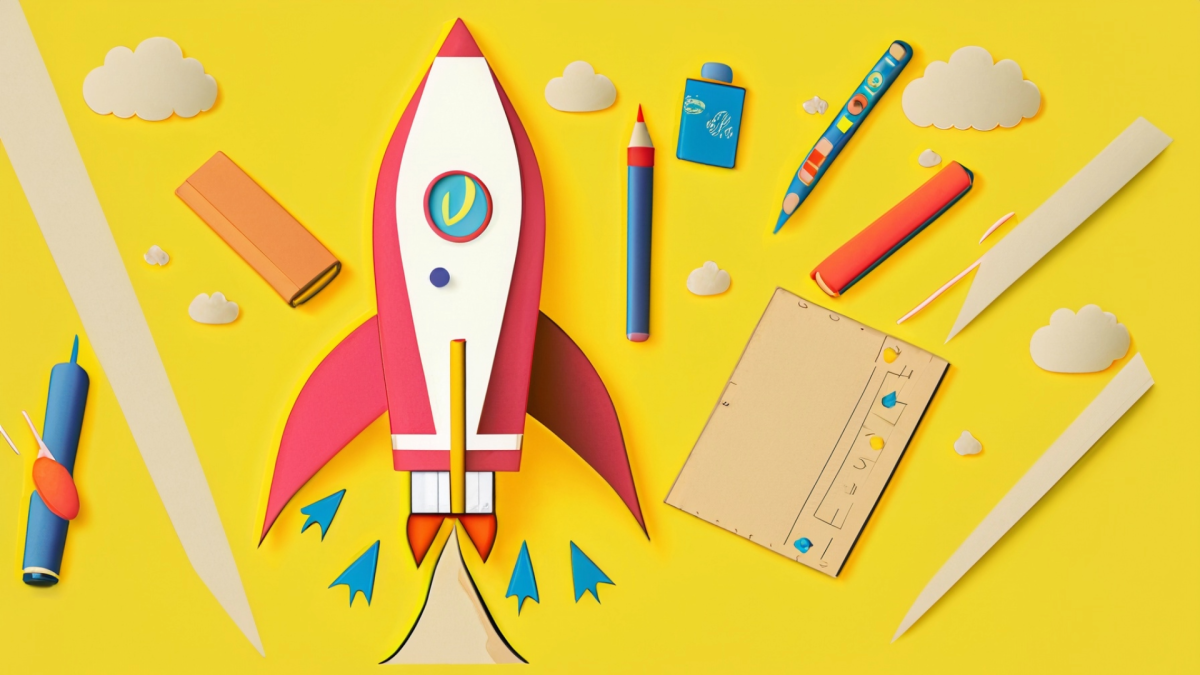
This project allows students to research and "sell" the Sharks and their competitors on their energy or fuel source. A strong emphasis on research is embedded with the ability to interject with daily
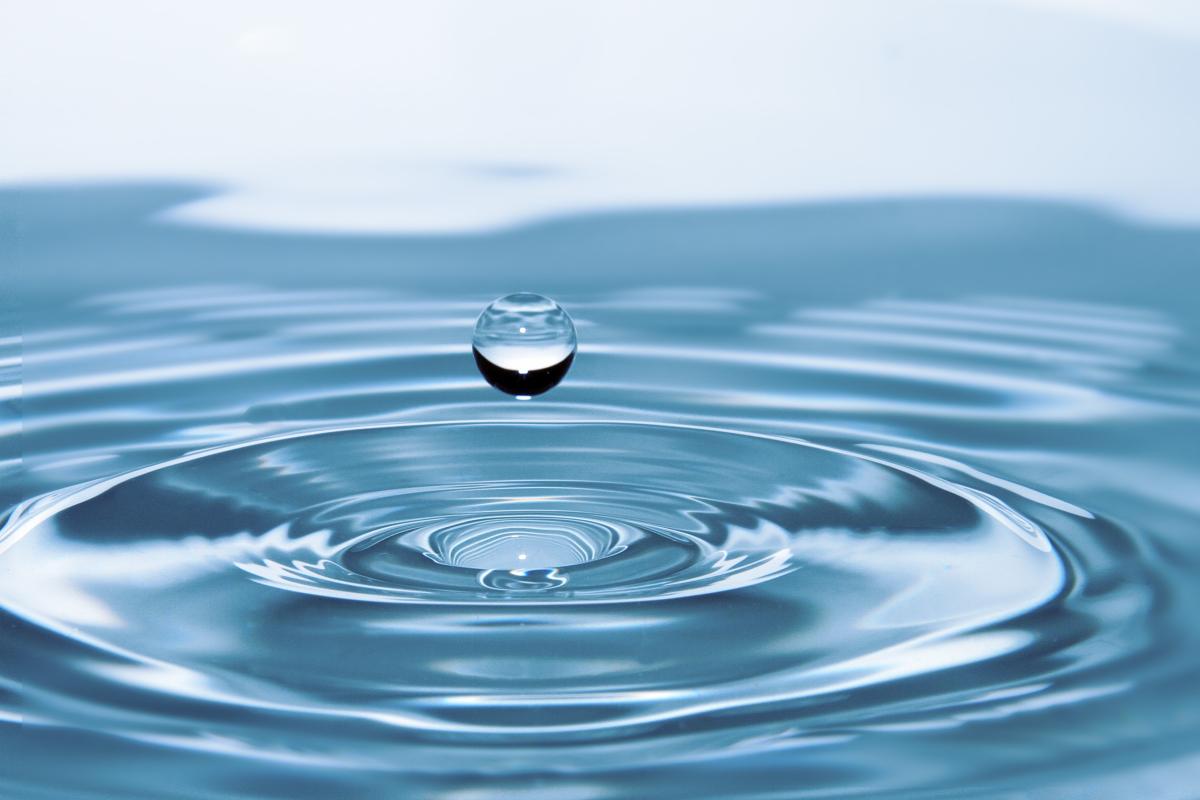
In this lab students will observe how five different ice cubes react while melting. Each ice cube is made of a different liquid (matter). They will then collect their data on length, height, and
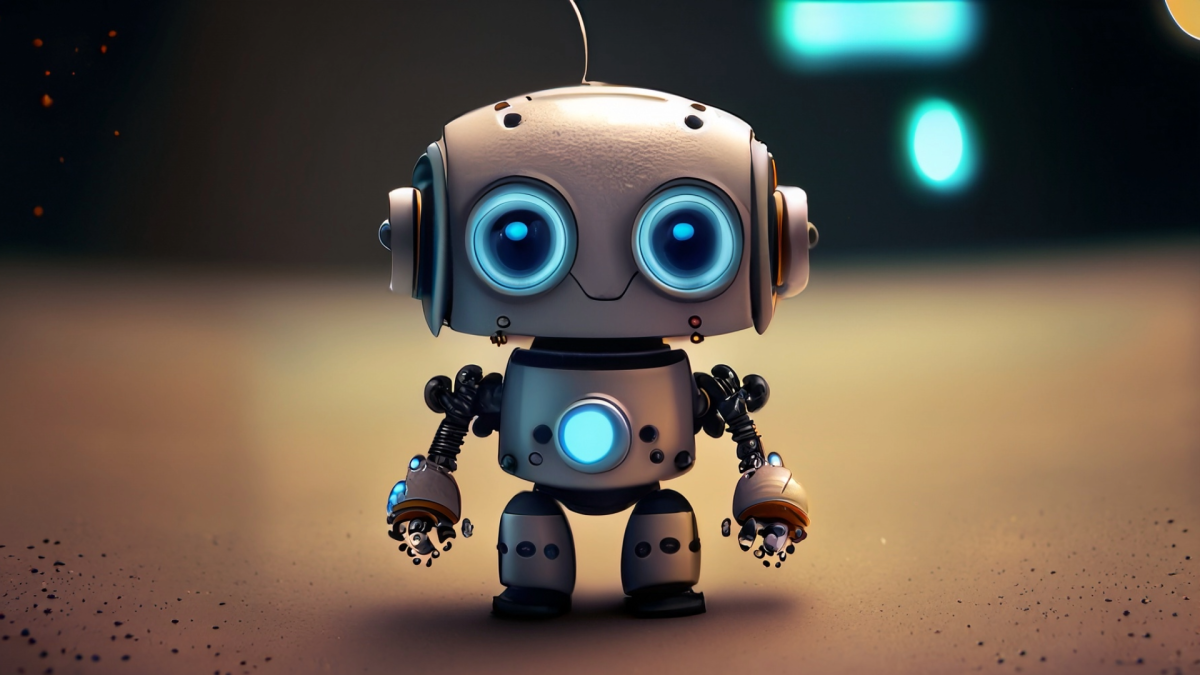
Using The Wild Robot by Peter Brown as provocation, students will develop a project integrating math, science, engineering and ELA standards. Students will build a robot prototype and take it through
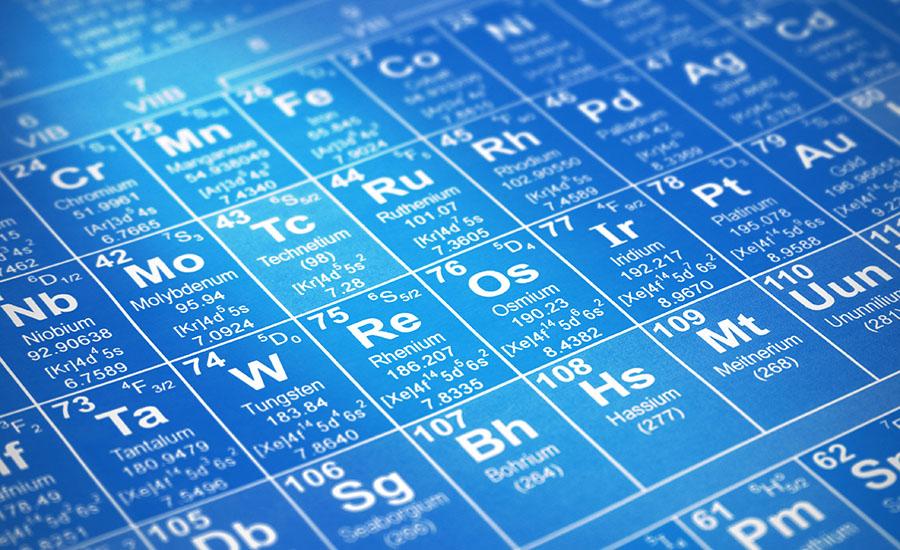
This set of lessons allows students to model the decay chains of radioactive isotopes and relate the mathematical patterns and scientific concepts together in a innovative and interactive way.